Gluten Free Soft Burger Buns (150g)
₹290.00
Description:
Rs 1.37 per gram
Let your taste buds do a tango, from the first bite to the last, with our super soft Gluten Free Burger Buns. Boasting of the best texture and taste, these buns can handle any towering creation imaginable!
Shelf life: 11 Days
✔️Low Glycemic Index ✔️Gluten-free ✔️Zero Cholestrol ✔️Prebiotic ✔️Gut-friendly ✔️No trans fat

INGREDIENTS
Ingredients: Water, Rice flour, Tapioca Starch, Sunflower Oil, Chickpea Flour, Maize Starch, Maize Flour, Rice Starch, Wholegrain Rice flour, Humectant: Glycerine, Hydroxypropyl Methyl Cellulose,Yeast, Psyllium Husk Powder, Sugar, Salt, Thickener:Xanthan Gum, Preservative -(E282).
* Our cakes, muffins, cookies & brownies contain dairy.
** While all our products are nut free, some of them contain seeds which may have been processed in facilities that also process nuts.
| Weight | 100 g |
|---|---|
| Rice Flour | Rice flour is made by grinding raw rice all the way down into a superfine powder. It's much gentler on the stomach than gluten containing flours.Rice flour works towards creating a lovely soft texture and also gives a slow, steady release of carbohydrates |
| Tapioca Starch | Tapioca is a starch and a staple foodstuff in some countries. It comes from the cassava root which hails from Brazil.Tapioca works well as an addition to heavier flours – it lightens the result (so you get a fluffy loaf!) and also contributes to the binding properties that we need for successful gluten-free baking. |
| Sunflower Oil | Light in color and neutral in flavor, sunflower oil has one of the highest concentrations of polyunsaturated fat among cooking oils and is low in saturated fat making it a heart-healthy option. |
| Chickpea Flour | Chickpea flour is high in protein and fibre.Low in sodium and is cholesterol free. |
| Maize Starch | Maize is a natural grain (much like wheat, oats and barley, but gluten free) which we mill and sieve into flour. It's sometimes referred to as Corn Starch. Rich in carbohydrates, it’s one of the world’s main sources of food. |
| Wholegrain Rice flour | This is the fibre that’s removed from rice when converted from brown to white (as brown rice fans, we reckon this is the good bit!).As with other fibre, this helps with moistness, wholegrain appearance and ‘bite’, and is brilliant for digestion and gut health – it’s full of antioxidants too. |
| Humectants | Humectants are water-loving ingredients that draw moisture and keeps food moist. |
| Glycerine | Glycerin used in our products is a sugar alcohol derived from plants. |
| Hydroxypropyl Methyl Cellulose | Gluten free (GF) breads require a gluten replacement to provide structure and gas retaining properties in the dough and mimic the properties of gluten. .Hydroxypropyl methylcellulose (HPMC), is produced from the bark of birch trees and is considered to be safe for human consumption as per FSSAI and other international guidelines |
| Yeast | Yeast is actually the name for little microorganisms which are technically classified as members of the fungus family – but don't let that put you off! Yeast is used in all leavened breadmaking and has been for as long as there's been bread.Letting dough 'rest' is a hugely important part of the breadmaking process. This is when the yeast gets to work, converting sugar into carbon dioxide which bubbles through the mixture helping the bread to rise. The yeast is then burnt off in the heat of the oven and we're left with a wonderful, fluffy loaf. As a natural source of B vitamins, it also aids digestion and your metabolism, supports the nervous system and keeps the skin, hair, eyes, mouth and liver healthy. |
| Psyllium Husk Powder (Isabgol) | Isabgol also known as psyllium husk is a dietary fiber that helps to increase stool and promote laxation. It is one of the most commonly used home remedies for constipation. |
| Sugar | We couldn't get that beautiful rise in our loaves if it weren't for the magic work sugar does in kick starting yeast fermentation. As yeast feeds on the sugar, it releases harmless but helpful bubbles of carbon dioxide. |
| Salt | Most salt that we buy in shops is iodised (and in some countries, this is how it must be sold by law). Iodising is a process of mixing table salt with tiny quantities of the micronutrient iodine.It provides an essential source of iodine in the diet, preventing deficiencies which can impact thyroid function or pre-natal development. |
| Xanthan Gum | Xanthan Gum is made by fermentation of sugar based food product.Xanthan gum is a popular food additive that's commonly added to foods as a thickener or stabilizer. |
| E 282 | Besides preserving the food for longer periods of time, calcium propionate also contributes to the nutritional value of the food because it is a source of calcium |
1 review for Gluten Free Soft Burger Buns (150g)
You must be logged in to post a review.

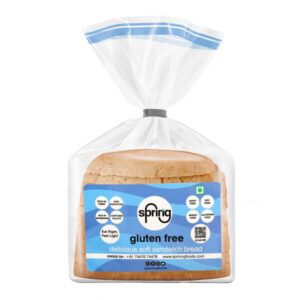

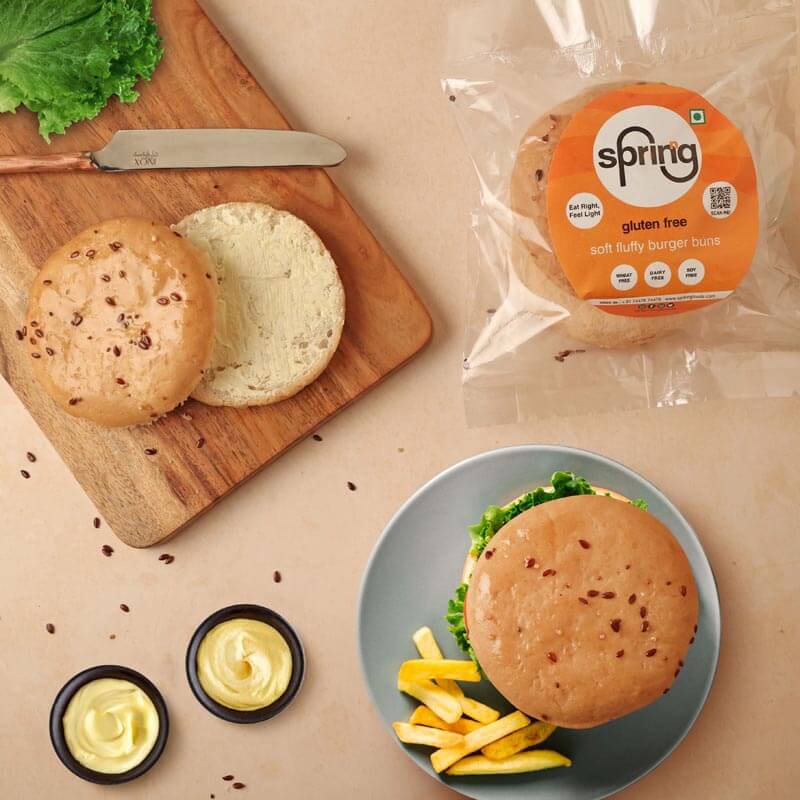
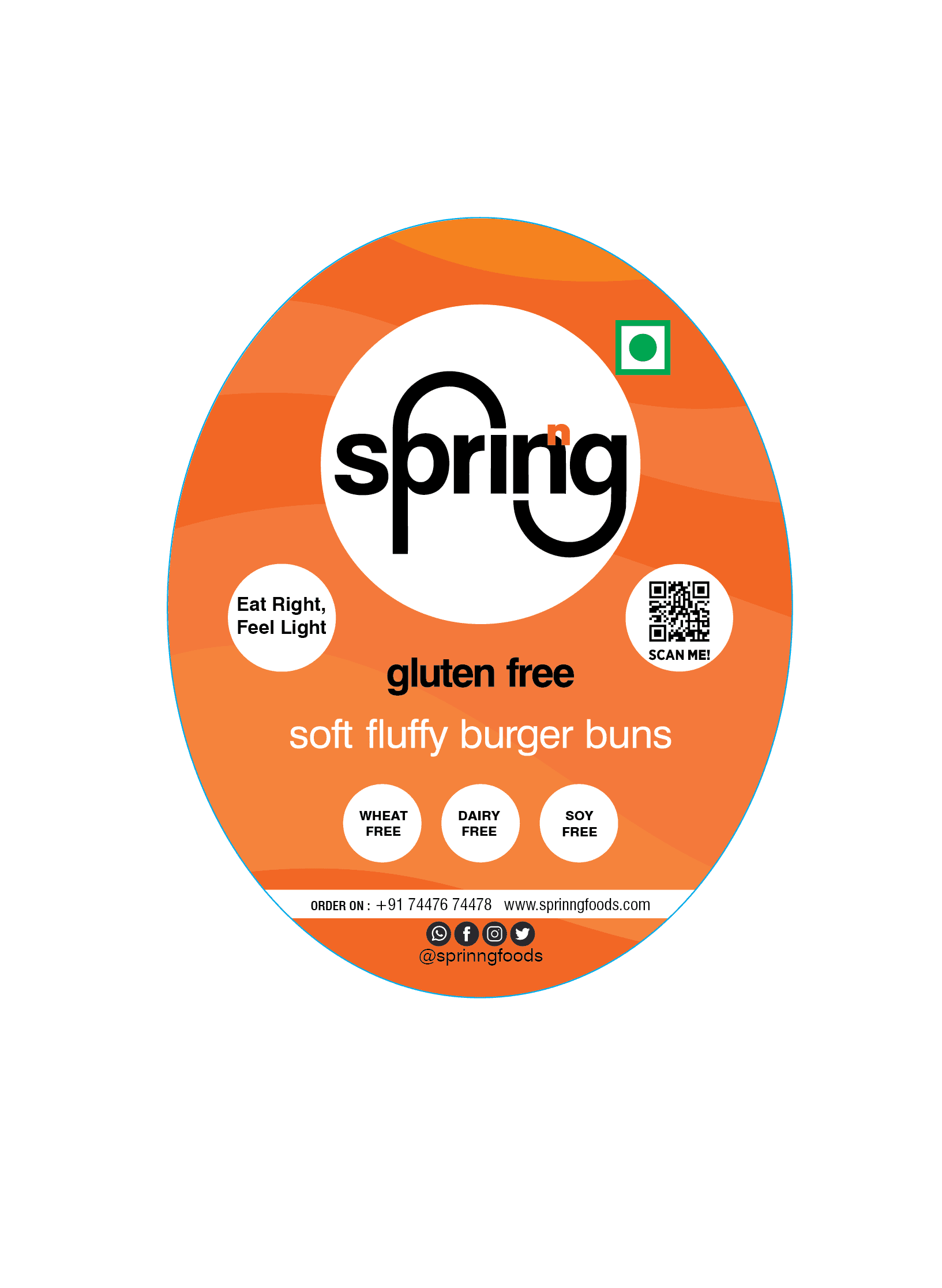
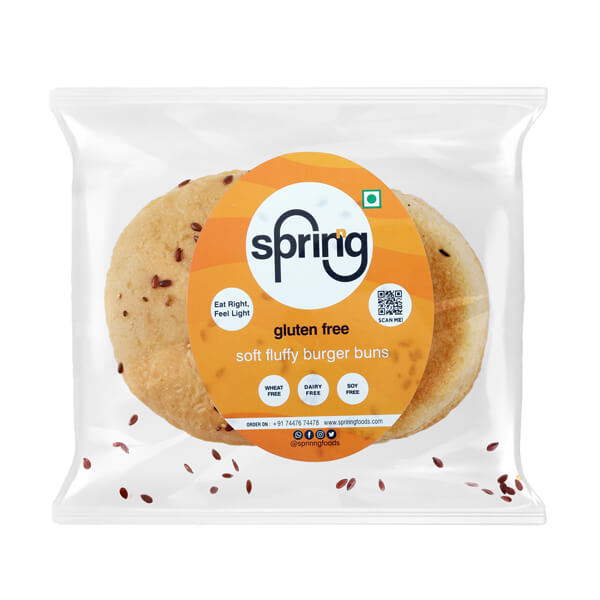
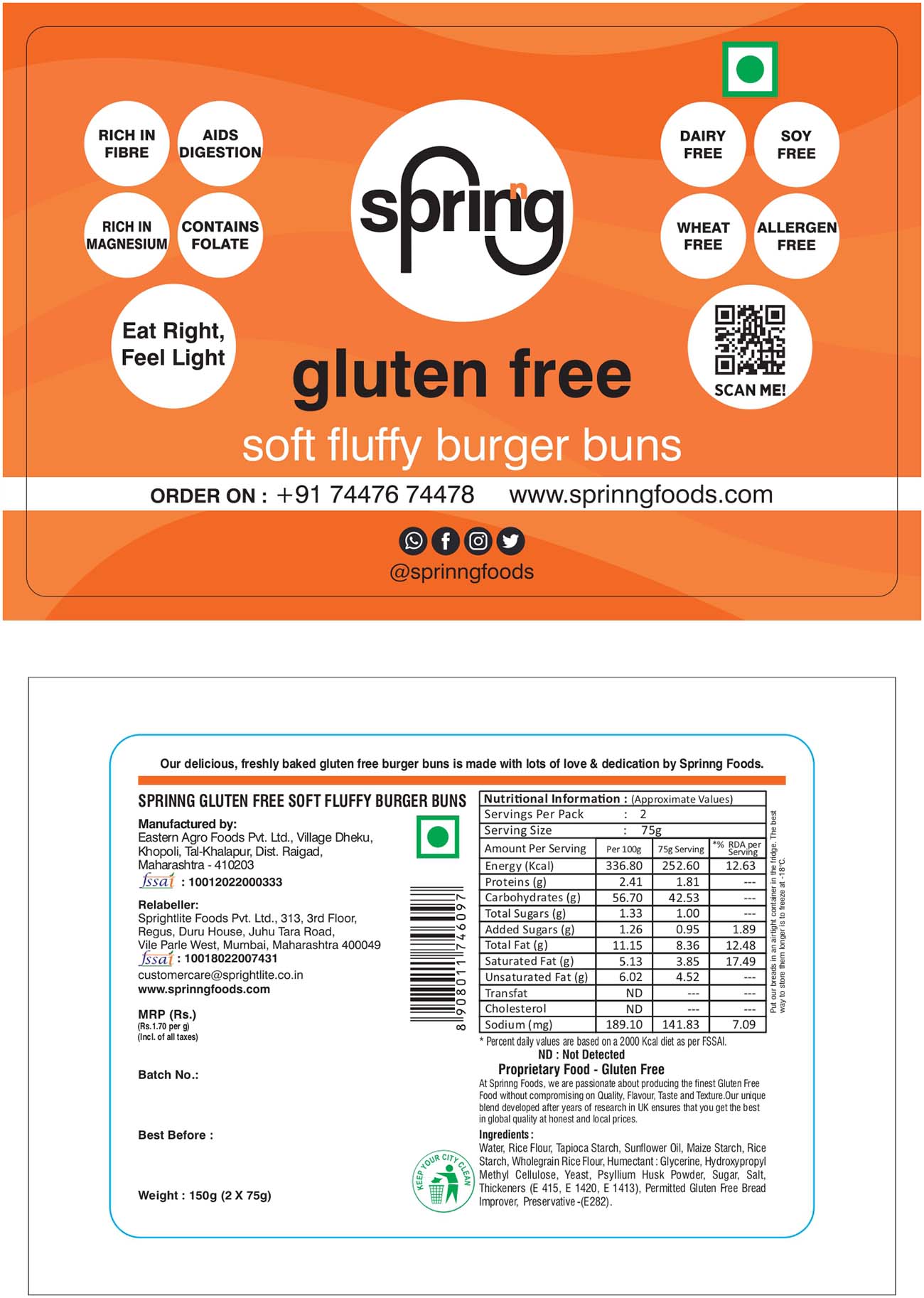
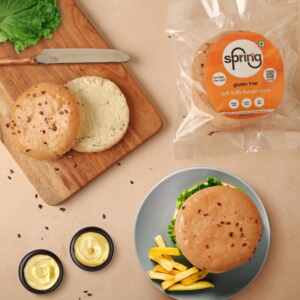
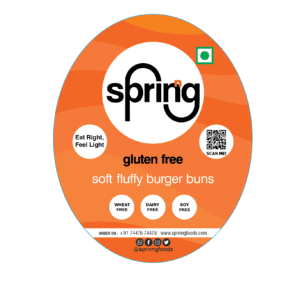
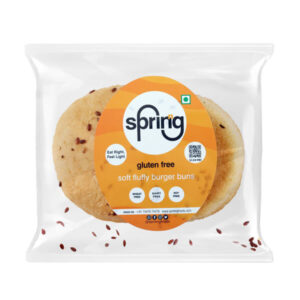

cyrus bharucha (verified owner) –
Makes amazing burgers and with no gluten its better this way